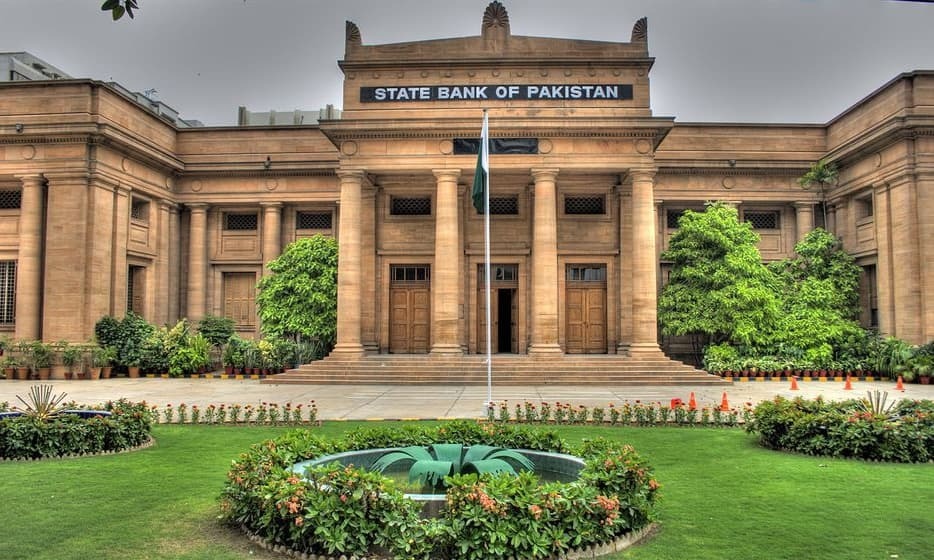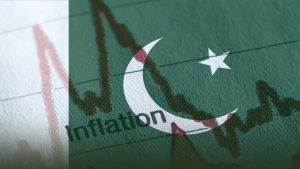The State Bank of Pakistan (SBP) Wednesday issued the Mid-Year Performance Review (the Review) of the Banking Sector for 2025. The Review covers the performance and soundness of the banking sector for the period from January to June 2025 (H1CY25).
It also briefly discusses the performance of financial markets as well as the results of the Systemic Risk Survey (SRS), which represents the views of independent experts on key current and potential future risks to financial stability.
The Review highlights that banks managed to grow their asset base by 11.0% in H1CY25. Investments in government securities primarily supported the asset growth, reflecting the government’s needs from the banking sector. Advances observed contraction across both public and private sectors.
Nonetheless, fixed investment advances to SMEs continued to grow. On the funding side, deposits grew at an impressive pace of 17.7%, leading to a decline in banks’ reliance on borrowings.
The Review notes that the credit risk of the banking sector remained contained. Non-performing loans of the sector declined during the period under review; however, due to contraction in advances, the gross NPLs-to-loans ratio marginally deteriorated to 7.4% in June 2025. Nonetheless, as banks hold a higher stock of provisions for loan losses, the net NPLs-to-net-loans ratio clocked at negative 0.5%, reflecting muted risks on a net basis.
The earnings of the sector remained steady—backed by rising volumes of earning assets. Accordingly, the Return on Assets (ROA) and Return on Equity (ROE) remained steady at 1.3% (1.3% in December 2024) and 21.3% (21.5% in December 2024), respectively. The solvency position of the banking sector also remained strong, as the Capital Adequacy Ratio (CAR) improved to 21.4% (20.6% in December 2024) and was well above the minimum regulatory requirement.
READ MORE: Pakistan’s Banking Sector to Benefit from Economic Outlook: Fitch
The latest stress test results reveal that the CAR of the banking sector is expected to remain comfortably above the minimum regulatory requirement of 11.5% under both baseline and hypothetically severe stressed macro-financial scenarios over the two-year forecast horizon. Results also indicate strong resilience of banks to withstand hypothetical shocks to credit and market risk factors.
The Review shows that financial markets exhibited relatively higher volatility in H1CY25 compared to H2CY24, mainly stemming from the equity market due to the short-lived impact of trade tariff uncertainty and geopolitical tensions. Independent respondents in the latest wave of the Systemic Risk Survey highlighted geopolitical risk as the topmost risk; however, they expressed confidence in the stability of the financial system and the ability of the regulator to manage any unforeseen shocks.









